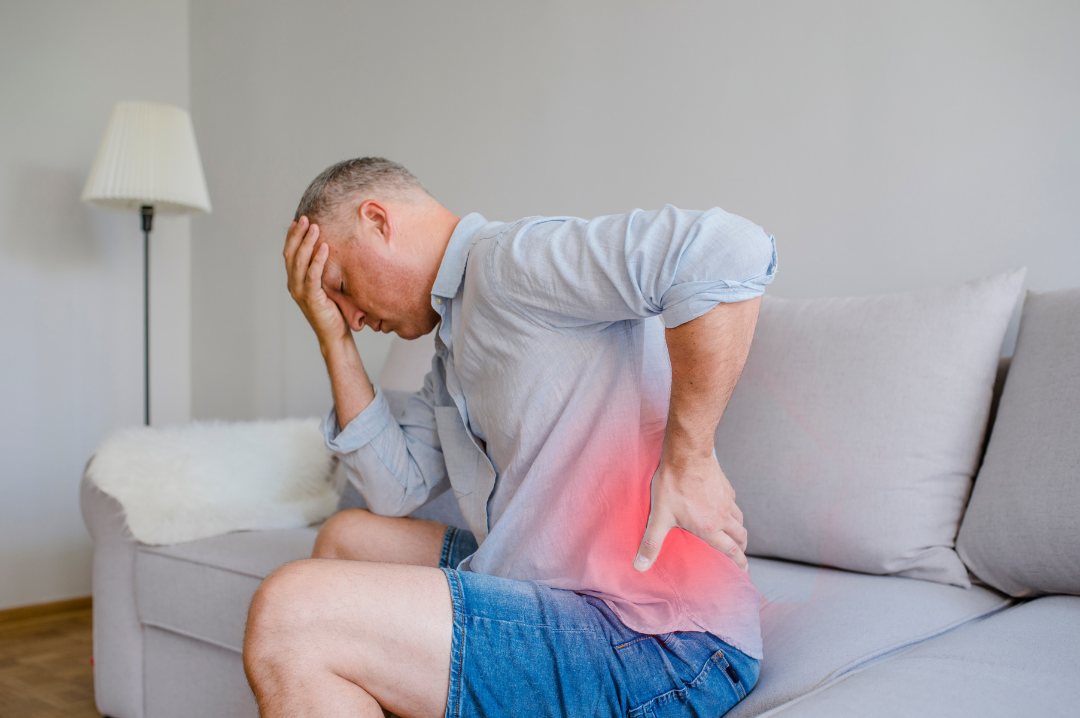
Chronic Pain vs Persistent Pain
– What’s the Difference?
How does it make you feel?
Scared?
Disempowered?
Stuck with something..
..FOREVER?!Now imagine you’ve been told you have something which is “Persistent”.
What’s the difference?
Do you feel slightly relieved in comparison?
It’s there, it’s annoying, but it’s manageable.That’s why the preferred term is now becoming Persistent Pain. ESPECIALLY when talking with clients about their condition. Words matter. Words form beliefs.The International Association for the Study of Pain defines pain as:
“An unpleasant sensory and emotional experience associated with actual or potential tissue damage.”
You can see I’ve underlined the important words. Although this has been the official definition since 1979, it’s not well known. Most people focus on the words that are not underlined. Combine this with ‘Chronic’ and you’ve got yourself an epidemic!
Of course, it’s not that simple.
Persistent pain is a complex condition to manage and treat. And as alluded to, words and beliefs are a major contributor. Here is a wonderful 3-minute example: https://www.youtube.com/watch?v=FyPFKOCv8mM
(Just turn the volume down as there are screams. But it’s safe to watch, no gore!)
Persistent Pain
Persistent pain is diagnosed when one has experienced the pain for longer than 3 months.Persistent pain can occur from:
- Injury to bone, muscle or tendon, even after the structures have healed
- Cancer-related pain
- Illness or disease
- Fatigue states
- Fibromyalgia
Persistent pain can be debilitating. Persistent pain, particularly of the musculoskeletal origin, is a leading cause of disability within western society, affecting 1 in 5 adults.
Persistent Pain after Injury
Persistent pain after tissue healing is one of the most frustrating conditions for both sufferers and treatment providers alike. The body is actually pretty effective at healing itself, usually doing so in 3 months but sometimes it can take up to 6 months or longer if there has been an infection or another barrier.The tissues may have healed, but one significant anatomical feature is still fired up.
Nerves.
Some scholars have even suggested that Persistent Pain should be considered a neurodegenerative disorder.
Nerves aren’t as visible to us compared to bones, ligaments and tendons. Which may be why clients and patients get stuck on the idea that something must still be wrong with the injured part.
Nerves are our ‘telephone wires’ or if we are using the postal service, our ‘roads.’ They allow communication of messages to our brain and vice versa. Regarding pain, they sense and communicate the threat of danger. With persistent pain, it is understood that these communication pathways have become over-sensitised. (Like those speed bumps in Mario Kart and other racing games that make you go faster)
Educating the Client
Educating the client about Persistent Pain and pain neurophysiology, irrespective of the cause is an important aspect of a pain management program. Education empowers people. And in a pain setting, understanding the confusing physiology can be comforting.The number one mistake, practitioners can be guilty of, is implying, either incorrectly or unintentionally, that the “pain is in their head.”
While the ‘danger’ messages are indeed processed in the brain, it’s important to emphasise that these metaphorical voice messages/text messages/letters are real and the interpretation of them can be altered. One way to do that is through challenging thoughts and beliefs, rerouting their processing pathway!
The role of Exercise in Pain Management
- Exercise stimulates our own, natural, opioids (pain killers). Bonus! They are also free and don’t have side effects!
- Increases confidence in movement (when prescribed and performed correctly)
Pro Exercise Tip:
So, exercise under your pain threshold! You may feel discomfort, but not pain. You should feel safe.
More about Pain
Instead, I will leave some gems below, until we catch up next week to discuss the BPS model in pain and the most common mistake using it!Understanding pain (5 minutes):
Understanding pain YoutubeMy favourite podcast :
NSW Health
Pain Tool KitExceptional Pain Courses that our EP’s have been to (They also have resources online)
Beyond Pain
Empower Rehab

Biara Webster
Exercise Physiologist and Writer/Content Manager
References on Request 🙂
Follow Us






